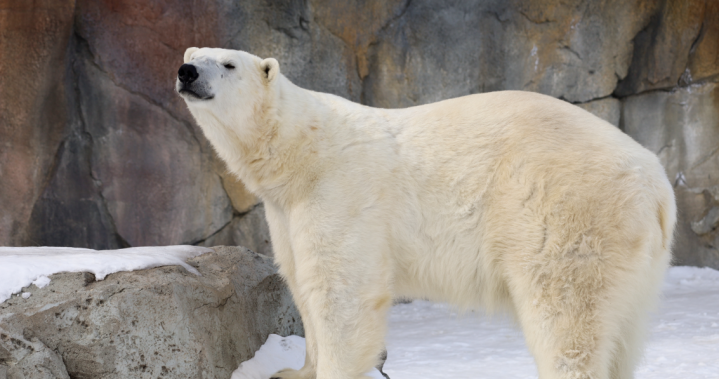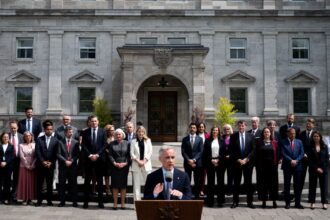In a bold move set to transform one of Saskatchewan’s beloved attractions, Saskatoon Forestry Farm Park & Zoo has unveiled ambitious expansion plans that could significantly enhance both visitor experiences and animal habitats. The proposed development, which has been in the planning stages for several months, aims to modernize facilities while respecting the site’s historical significance as a century-old tree nursery.
“What we’re proposing is more than just adding space—it’s about reimagining how our community connects with wildlife conservation,” explains Jeff Mitchell, Zoo Manager at the Saskatoon Forestry Farm. “The expansion will allow us to bring in new species while creating more naturalistic environments for our existing animals.”
The comprehensive plan includes several key components that would unfold over the next five years. Central to the vision is a new 8,000-square-foot indoor facility designed to house tropical species, allowing the zoo to maintain year-round attractions despite Saskatchewan’s challenging winter climate. This climate-controlled environment would enable the introduction of several new species currently impossible to accommodate.
City councillors received the initial proposal during last week’s infrastructure committee meeting, where preliminary cost estimates of $15-18 million were discussed. The expansion would represent the most significant investment in the facility since its transition from nursery to zoo in the 1970s.
“The Forestry Farm isn’t just a zoo—it’s a crucial part of our city’s heritage,” says Councillor Mairin Loewen, who expressed support for the project. “These improvements would honor that legacy while creating a modern conservation center that serves both educational and tourism purposes.”
The expansion proposal has already generated considerable community interest, with local conservation groups and educational institutions expressing enthusiasm about potential partnerships. The University of Saskatchewan’s veterinary program has indicated interest in developing cooperative programs that would give students hands-on experience while providing additional animal care resources.
Financing for the ambitious project would likely come from multiple sources, including municipal funding, provincial grants, corporate sponsorships, and a major public fundraising campaign. Zoo administrators have pointed to successful models in other mid-sized Canadian cities where similar expansions have dramatically increased visitor numbers and generated positive economic impacts for surrounding businesses.
“We’ve seen attendance grow steadily over the past decade, but our facilities haven’t kept pace,” notes Mitchell. “When you look at what zoos in similar-sized communities have accomplished, we believe this expansion would position Saskatoon as a leader in wildlife education and conservation across the Prairies.”
The plan also emphasizes sustainability, with proposed solar installations to offset energy usage and rainwater collection systems to reduce the facility’s environmental footprint. These elements align with broader city initiatives focused on climate resilience and ecological responsibility.
Community feedback sessions are scheduled throughout November and December, with city council expected to vote on initial funding approval by early spring. If approved, groundbreaking could begin as early as fall 2025.
As Saskatoon continues evolving as a cultural and tourism destination, how might this zoo expansion reshape both the city’s identity and its approach to wildlife conservation in an era of increasing environmental awareness?










